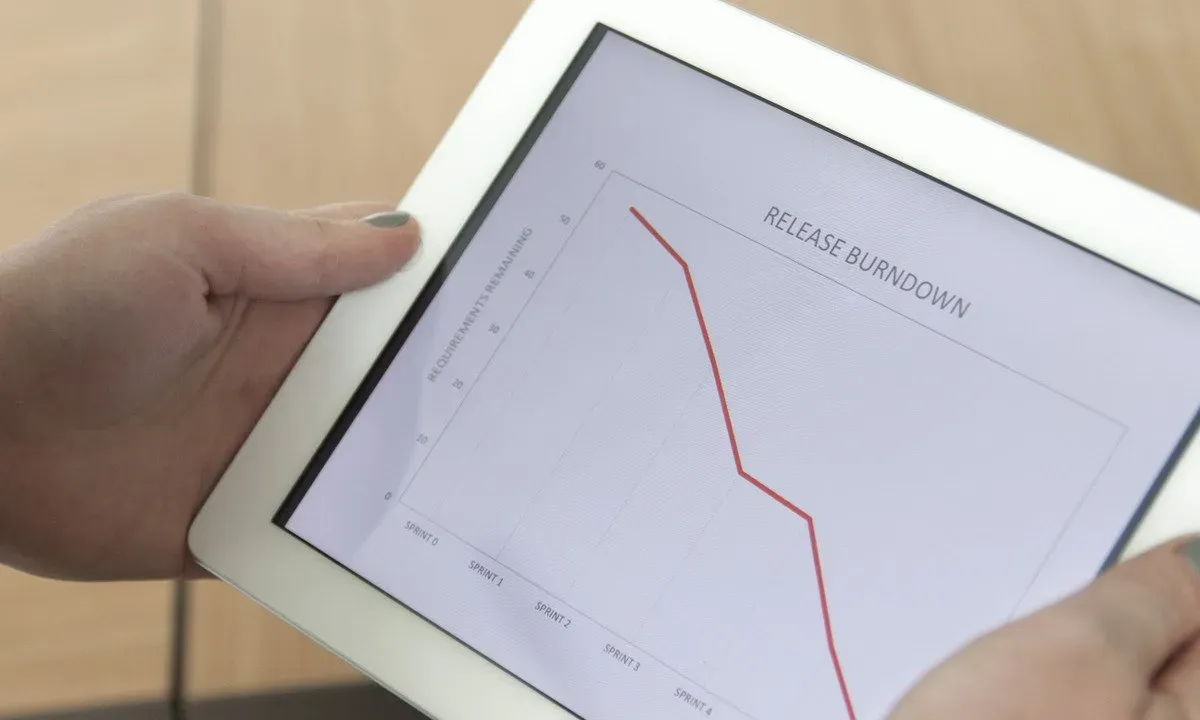
Reviews & Metrics for Software Improvements

This course provides an overview of techniques for monitoring projects and software production, including reviews and metrics, to ensure client needs, project plans, and software quality are met. Learn how to track and improve project progress with this comprehensive course.▼
Course Feature
![]() Cost:
Cost:
Free
![]() Provider:
Provider:
Coursera
![]() Certificate:
Certificate:
Paid Certification
![]() Language:
Language:
English
![]() Start Date:
Start Date:
10th Jul, 2023
Course Overview
❗The content presented here is sourced directly from Coursera platform. For comprehensive course details, including enrollment information, simply click on the 'Go to class' link on our website.
Updated in [March 06th, 2023]
1. Reviews & Metrics: Learn how to use reviews and metrics to track and improve project progress and software quality. Understand how to align client needs, project plans, and software production to ensure successful outcomes.
2. Software Improvement: Discover how to use software improvement techniques to optimize your projects and ensure they meet the highest standards. Learn how to identify areas of improvement and develop strategies to address them.
3. Problem Solving: Develop problem-solving skills to identify and address issues quickly and efficiently. Learn how to use data to make informed decisions and create solutions that are tailored to the specific needs of the project.
4. Communication: Improve communication skills to ensure successful collaboration between team members and stakeholders. Learn how to effectively communicate project goals and objectives to ensure everyone is on the same page.
[Applications]
The application of this course can be seen in the use of reviews and metrics to improve software development. Reviews can be used to assess the progress of a project and identify areas for improvement. Metrics can be used to measure the performance of a software product and identify areas for improvement. By using reviews and metrics, software developers can ensure that their projects are meeting the needs of their clients and that their software products are of the highest quality.
[Career Paths]
1. Software Quality Assurance Analyst: Software Quality Assurance Analysts are responsible for ensuring that software meets the highest standards of quality and reliability. They use a variety of tools and techniques to test software, identify defects, and recommend improvements. This role is becoming increasingly important as software becomes more complex and companies strive to deliver high-quality products.
2. Software Project Manager: Software Project Managers are responsible for overseeing the development of software projects. They use metrics and reviews to track progress, identify areas of improvement, and ensure that projects are completed on time and within budget. This role is becoming increasingly important as software projects become more complex and require more coordination between teams.
3. Software Developer: Software Developers are responsible for designing, coding, and testing software applications. They use metrics and reviews to identify areas of improvement and ensure that the software meets the highest standards of quality and reliability. This role is becoming increasingly important as software becomes more complex and companies strive to deliver high-quality products.
4. Software Architect: Software Architects are responsible for designing the overall architecture of software applications. They use metrics and reviews to identify areas of improvement and ensure that the software meets the highest standards of quality and reliability. This role is becoming increasingly important as software becomes more complex and companies strive to deliver high-quality products.
[Education Paths]
1. Bachelor of Science in Computer Science: This degree program provides students with a comprehensive understanding of computer science fundamentals, including programming, software engineering, and computer architecture. Students will learn how to design, develop, and maintain software systems, as well as how to use metrics and reviews to improve software quality. This degree is becoming increasingly popular as the demand for software engineers continues to grow.
2. Master of Science in Software Engineering: This degree program provides students with an in-depth understanding of software engineering principles and practices. Students will learn how to design, develop, and maintain software systems, as well as how to use metrics and reviews to improve software quality. This degree is becoming increasingly popular as the demand for software engineers continues to grow.
3. Master of Science in Information Technology: This degree program provides students with an in-depth understanding of information technology principles and practices. Students will learn how to design, develop, and maintain software systems, as well as how to use metrics and reviews to improve software quality. This degree is becoming increasingly popular as the demand for IT professionals continues to grow.
4. Doctor of Philosophy in Computer Science: This degree program provides students with an advanced understanding of computer science principles and practices. Students will learn how to design, develop, and maintain software systems, as well as how to use metrics and reviews to improve software quality. This degree is becoming increasingly popular as the demand for computer scientists continues to grow.
Pros & Cons
-

Thorough and detailed course.
-

Excellent examples and easy to understand.
-

Enhances SCRUM knowledge.
-

Too high level.
-

Difficult concepts to grasp.
-

Not enough visuals for visual learners.
Course Provider






